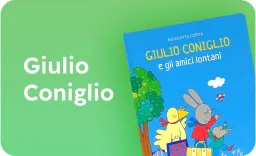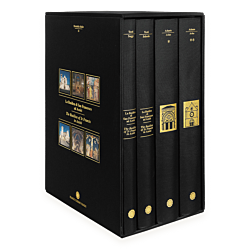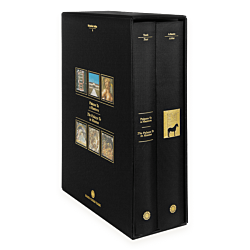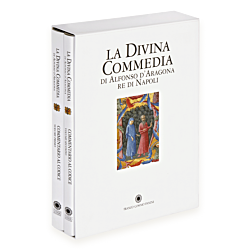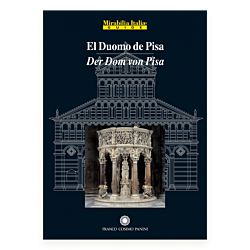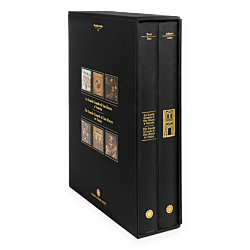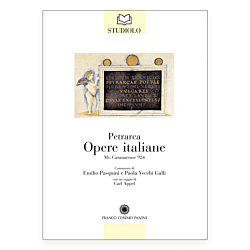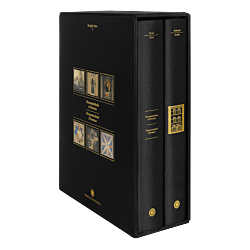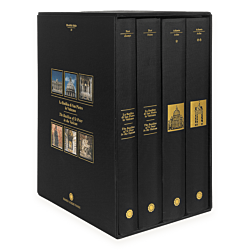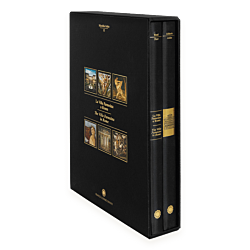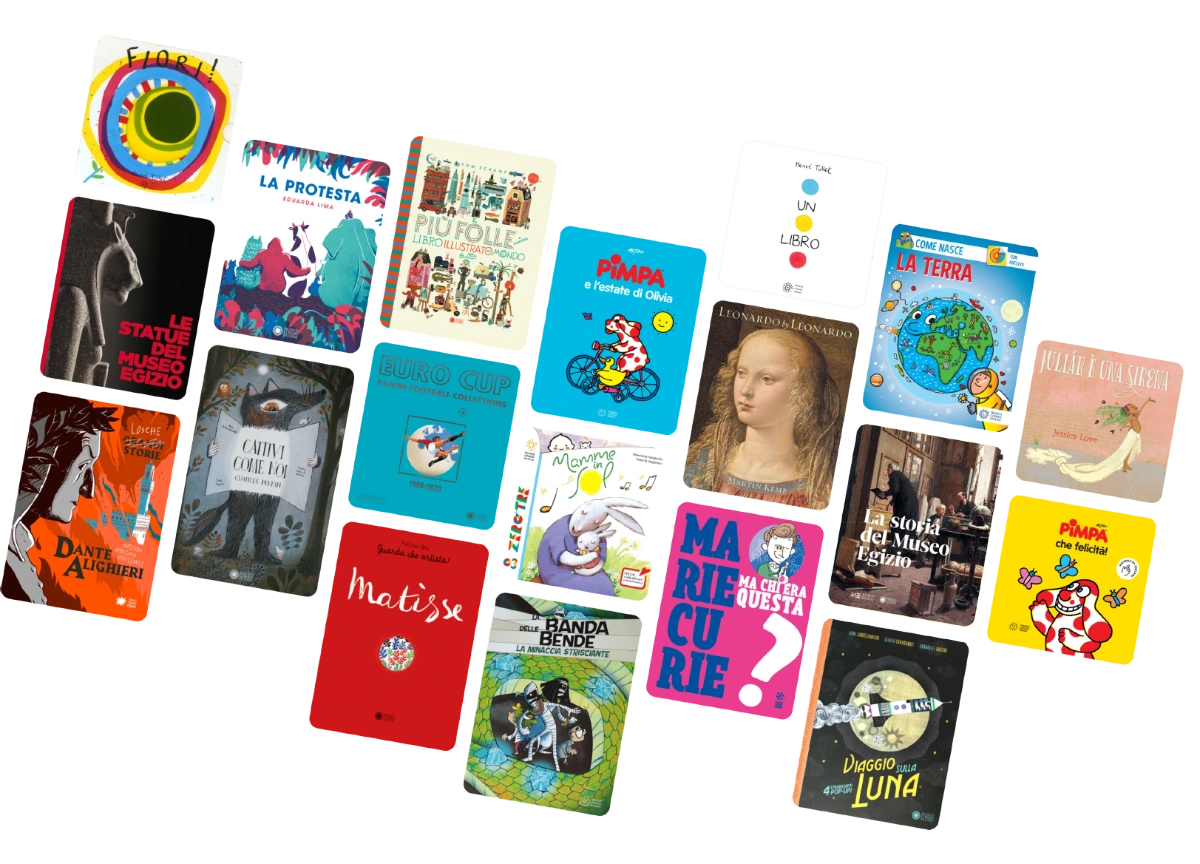Gli affreschi della Cappella degli Scrovegni a Padova, realizzati da Giotto agli inizi del XIV secolo, segnano l'apice del rinnovamento della pittura italiana ed europea fra Due e Trecento. Il volume, all’interno della collana Mirabilia Italiae, una collana unica al mondo, che rappresenta dei veri e propri percorsi di visita dei monumenti più belli d’Italia, esamina per la prima volta in modo esauriente e capillare non solo il ciclo pittorico ma anche la struttura architettonica dell'edificio e le opere d'arte presenti al suo interno.
The frescoes in the Scrovegni Chapel in Padua, painted by Giotto at the beginning of the 14th century, mark the apex of the renewal of Italian and European painting between the 13th and 14th centuries. The volume, part of the series Mirabilia Italiae, a unique series of books that present itineraries for visiting Italy's most beautiful monuments, examines, for the first time in an exhaustive and thorough manner, not only the pictorial cycle but also the architectural structure of the building and the works of art inside.
Due volumi con copertina cartonata rivestita in raso di seta nero con impressioni in oro:
Volume primo
Atlante fotografico pp. 294;
356 illustrazioni a colori.
Volume secondo
Testi. Saggi e schede pp. 320;
227 illustrazioni in bianco e nero.
A cura di/Edited by Davide Banzato, Giuseppe Basile, Francesca Flores d’Arcais, Anna Maria Spiazzi
Testi di/Texts by G. Baldassin Molli, D. Banzato, G. Basile, S. Borsella, S. Collodo, E. Cozzi, V. Dal Piaz, G. Ericani, F. Flores d’Arcais, T. Franco, I. Hueck, F. Magani, R.P. Novello, F. Pellegrini, A.M. Spiazzi, G. Valenzano, A. Verdi, A. Volpe
Fotografie di/Photos by F. Bertazzo, M. Campaci, G. Ghiraldini
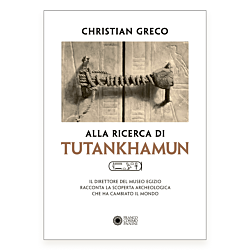 Alla ricerca di TutankhamunPrezzo speciale 22,80 € Prezzo predefinito 24,00 €
Alla ricerca di TutankhamunPrezzo speciale 22,80 € Prezzo predefinito 24,00 €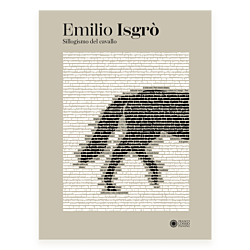 Emilio Isgrò. Sillogismo del cavalloPrezzo speciale 23,75 € Prezzo predefinito 25,00 €
Emilio Isgrò. Sillogismo del cavalloPrezzo speciale 23,75 € Prezzo predefinito 25,00 €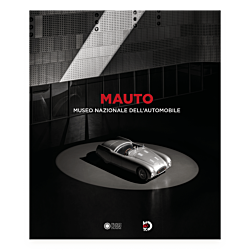 MAUTO. Museo Nazionale dell'AutomobilePrezzo speciale 33,25 € Prezzo predefinito 35,00 €
MAUTO. Museo Nazionale dell'AutomobilePrezzo speciale 33,25 € Prezzo predefinito 35,00 €
